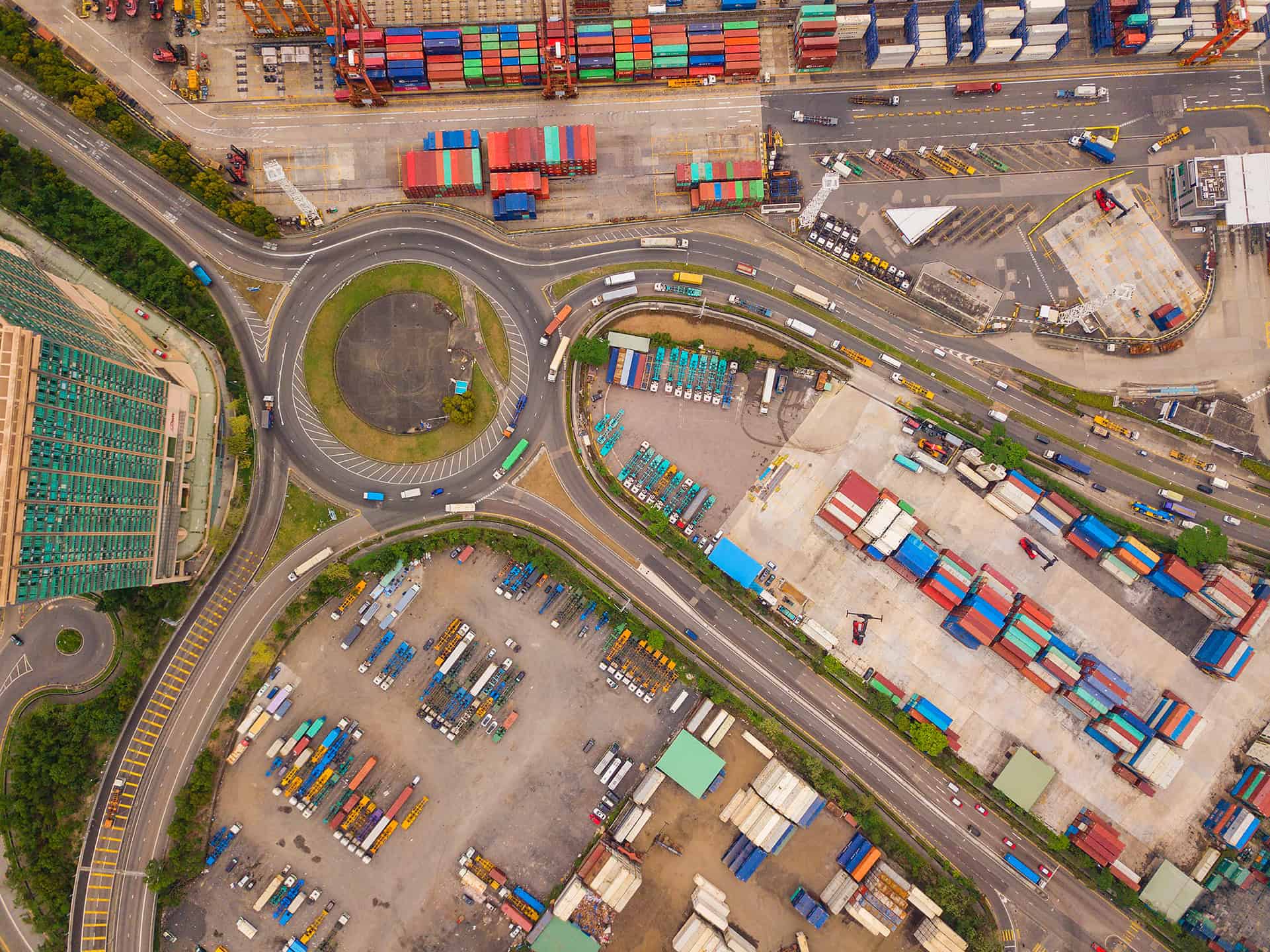
It seems like the origins of almost every commodity are under the microscope these days. Whether it’s cotton, coffee, or even wood, brand owners must prove their materials were acquired through fair and sustainable pathways, putting the burden of proof on the highest levels of the supply chain.
Ensuring compliance and maintaining a high level of supply assurance are paramount for companies across various industries. As a result, tracing every component and material back to its source has become critical to supply chain management. In this blog, we’ll explore how companies can map their intricate supply network and enhance supply chain traceability to significantly improve compliance and boost supply assurance.
Mapping out the supply network
Brand owners cannot overlook the importance of mapping the entire supplier network. Ignoring the full scope of suppliers would leave companies vulnerable to numerous risks and missed opportunities. In today’s complex global business environment, comprehensive supply chain visibility is not just beneficial – it’s essential for long-term success and sustainability.
Companies can build a comprehensive supply network map by identifying all partners involved, including manufacturers, logistics providers, distributors, and tier 1 to tier 3 suppliers and below. This mapping process enables companies to understand where parts and materials are sourced and how they traverse the supply chain, leading to increased visibility and transparency essential for navigating disruptions and ensuring compliance when crossing borders.
Enhancing compliance
Mapping the multi-tier supply network can increase compliance across the supply chain. By clearly understanding all suppliers and partners, companies can effectively manage who they collaborate with, set ethical and sustainable expectations, and identify any restricted parties. This proactive approach to compliance helps mitigate risks associated with non-compliance, ensuring that companies adhere to regulations and industry standards.
Increasing supply assurance
Companies can leverage their supply network maps to increase supply assurance. For instance, an automotive manufacturer might use their map to identify the cause of semiconductor chip shortages and secure priority for needed parts. Similarly, a sporting goods manufacturer could successfully meet increased demand by analyzing alternative suppliers within their network. By having a comprehensive view of the supply chain, companies can proactively address supply constraints, mitigate risks, and ensure a steady flow of materials to meet customer demands.
Managing supply chain regulations
With the introduction of regulations like the Uyghur Forced Labor Prevention Act (UFLPA) in the U.S. and the EU’s proposal to ban products connected to forced labor, companies face increasing pressure to ensure transparency and compliance throughout their supply chains.
Mapping the intricate web of suppliers, manufacturers, and distributors involved in producing and transporting goods helps companies meet these regulatory requirements. It goes beyond merely listing suppliers; it involves geospatially locating them, understanding their roles in the supply chain, and establishing relationships between them. This level of detail is essential for demonstrating compliance with laws like the UFLPA, which now require companies to show the entire supply chain for individual shipments, not just a generic overview of past suppliers.
Supplier due diligence and monitoring
Businesses can implement robust supplier onboarding and collaboration processes to gather essential data about each supplier, such as their human rights policies, environmental practices, and other key factors. This information is vital for confirming that suppliers meet specific criteria set forth by traceability-intensive laws and ESG regulations. Additionally, maintaining ongoing communication with suppliers and ensuring they meet key performance indicators (KPIs) will also further strengthen supply chain compliance and continuity.
E2open Supply Network Discovery empowers brand owners to better understand their supply partners across multiple tiers. This knowledge helps them alleviate supply risk through structured engagement and due diligence for every supply chain tier. The solution further enables companies to monitor compliance activities through Restricted Party Screening and full, item-level traceability.
Establishing supply chain traceability
Moreover, documenting the complete source and production flows for every unit in a shipment is essential for ensuring traceability. Traceability includes tracking the origins of materials, manufacturing processes, inventory movements, transportation details, and more. By cross-checking all parties against government lists of entities with compliance concerns, companies can add an extra layer of due diligence to their supply chain management practices.
As regulations around traceability continue to evolve globally, businesses must adapt by creating scalable and repeatable processes that can withstand increasing scrutiny. The ability to trace every stitch of a product back to its source, document each production step, and identify all parties involved is becoming a prerequisite for accessing major markets worldwide.
To summarize, mapping out the supply network and enhancing traceability are essential components of modern supply chain management. By embracing these practices, companies can improve compliance, increase supply assurance, mitigate risks, and foster stronger relationships with their partners. Leveraging technology solutions like multi-tier network platforms can further streamline these processes, leading to more resilient and agile supply chains in today’s dynamic business environment.
To find out more about how e2open can help you with your supply chain traceability and mapping needs, please contact us today.
Additional Resources:
View our latest ebook, 5 Value Drivers of Multi-tier Network Supply Mapping, and discover the five key value drivers needed to collaboratively navigate supply issues with partners and mitigate compliance risks.

Author
Jeff Eckel
As Director of Product Marketing for e2open, Jeff Eckel is focused on solutions that help clients collaborate across all tiers of supply and manufacturing. With over 20 years of experience in supply chain business intelligence, Jeff has a deep understanding of supply chain management business processes. He specializes in translating complex business challenges into an end-to-end understanding of tangible business value. In his career, Jeff has held a variety of roles including product marketing, product management, solution consulting, and professional services. He is located in Austin, TX, and enjoys spending time with his kids outside of work.




